You’ve already spent a ton of energy into upgrading every aspect of your vehicle. Or maybe you’ve just started modding your ride. Whatever the case, you can never go wrong with investing in a good pair of tires.
Think about it. Tires are key to your vehicle’s overall performance, handling, and safety. So whether you’re looking to improve your hot rod, daily driver, or work pickup, following our 5 easy steps will help you find the best tires!
Step #1: The Need
Obviously, the single most important reason for getting new tires is safety. We all know that driving around with an old, worn pair of tires is detrimental to traction control and stopping power. Especially if the weather’s not great.
If you’re not sure if your tires are considered worn, consider the following:
- If your tires have a tread depth of 1/16 inch or less
- If your tires have a tread depth of 1/8 inch or less, you don’t have reliable wet traction
- If your tires have a tread depth of 3/16 inch or less, you don’t have reliable snow traction
- If you notice any irregular wear on your tires, you should replace them.
The rule of thumb when replacing tires is to replace all four. But, if they still have life in them and you’re looking to only replace one (because of a defect, irregular wear, or other damage), then go for a tire that is as similar in its speed rating and load capacity as the original.
Step #2: The Ratings
If you want to upgrade your tires to improve your ride’s performance, you have a wide choice of options to choose from. Tread designs cater to traction, wet-weather handling, and cornering ability. So a tire’s unique combination of tread blocks, sipes and grooves, and tread shoulders should give you the performance level you’re looking for.
With all the freedom that you do have in choosing new tires, there is one thing you should pay special attention to. And that’s the speed rating. If you get tires that have a lower speed rating than your OEs, you would be hurting your ride’s handling and high-speed performance. Going for tires with a higher speed rating brings will reign in the performance benefits you’re looking for.
Use this list to decipher your tires’ speed rating (keep in mind - these are test speeds and not recommended speeds):
- Q-rated: under 100 mph / 160 km/h
- R-rated: under 106 mph / 170 km/h
- S-rated: under 112 mph / 180 km/h
- T-rated: under 118 mph / 190 km/h
- U-rated: under 124 mph / 200 km/h
- H-rated: under 130 mph / 210 km/h
- V-rated: under 149 mph / 240 km/h
- W-rated: under 168 mph / 270 km/h
- Y-rated: under 186 mph / 300 km/h
- Z-rated: over 149 mph / 240 km/h
Step #3: The Size
It’s custom to replace your tires with new ones in the same size. To find out your current tire size check the number on the sidewall. You can also find this information in your vehicle’s manual or tire placard. But… if you really want to improve your vehicle’s performance, it might be a good idea to change your tire size. You can go up, or go down, depending on what you want to achieve.
If you get a lower-profile tire size you’ll also get improved handling, stability and overall ride quality. If you plus-size your tires (tires with shorter sidewalls), you’ll get an improved tire response and handling, as well as an awesome look. Especially if you pair your new larger tires with larger rims. Upsizing the tire size is a popular option for pickups and SUVs, and it also improves the vehicle’s performance.
But, if you’re thinking about upsizing, consider this first:
- Your new tires’ load carrying capacity needs to be at least equal to what the vehicle placard calls for
- Ensure your rims’ width can accommodate bigger tires before making a purchase
- Ensure your vehicle can accommodate bigger tires - you want to avoid any and all rubbing
- Check the required ratios for tire-to-vehicle clearance, lock-to-lock steering, and suspension clearance
Step #4: The Driving Conditions
Where you live and drive is a big factor when choosing your new tires.
All-season tires are great for rapid changes in weather conditions and temperatures. They will provide good traction whatever the weather, so you’ll always feel prepared on the road. But keep in mind that all-seasons are not made for any specific driving condition, so you’ll get “good” performance.
Seasonal tires are the best option if peak performance is important to you in a particular season. For example, winter tires offer amazing performance over all-season tires in the cold months, but perform poorly compared to all-season tires in the hotter months. If you don’t experience much snowfall or freezing temperatures where you live, sticking with summer tires all-year round could be the appropriate and affordable option. Summer tires will deliver excellent handling in both dry and wet conditions.
But the weather is not the only factor to consider. Your typical driving terrain dictates what traction design you should choose for your new tires. This is even more true when you’re shopping for a pickup or SUV that you plan to take off the road. Tire traction designs are ranked for aggressiveness and rank from HT (highway tread), up to AP (all-purpose tread), AT (all-terrain tread), and finally MT (mud terrain tread). A more aggressive design will greatly improve your traction, but will also hurt your highway ride quality.
So, be honest about your driving habits and plans to strike the correct balance.
Step #5: The Price
Just like with most things, an item’s price isn’t the most important thing. But it does say a lot about the product you’re buying. So, if the price is surprisingly cheap, so is the tire. To get a good sense of the value of a tire you’re considering, divide its price by the guaranteed miles of service. The number you get is a fair value for the cost-per-mile of the tire.
Still can’t find the right tires for your vehicle? Drop us a comment below and we’ll help you figure it out!


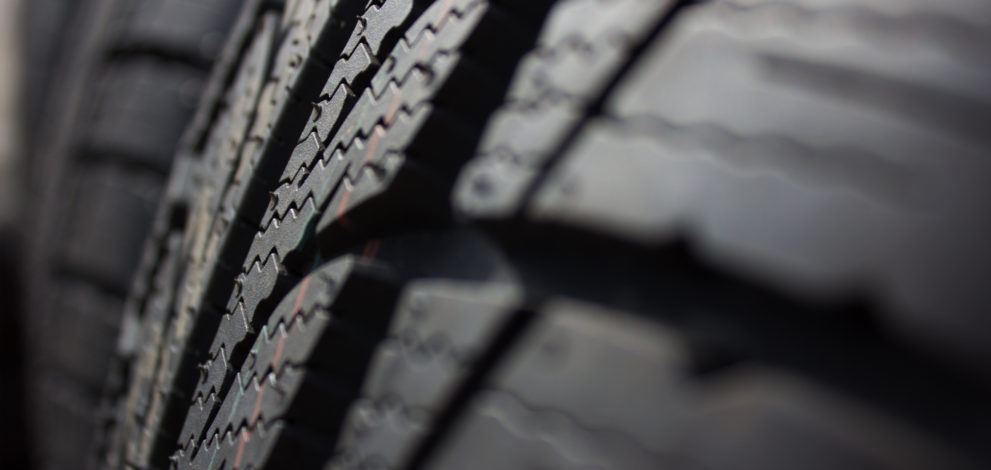
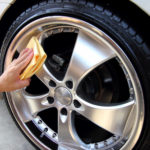


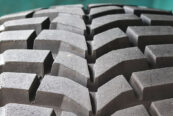
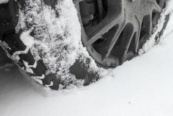

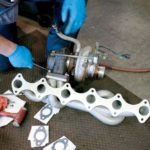


My car has had the same tires for a while now, and I was thinking that it might be time to get them replaced. I really like that you say to to make sure that you choose the right type of tire for the type of driving you need. It would be nice to get something that is pretty well rounded to help you with whatever.